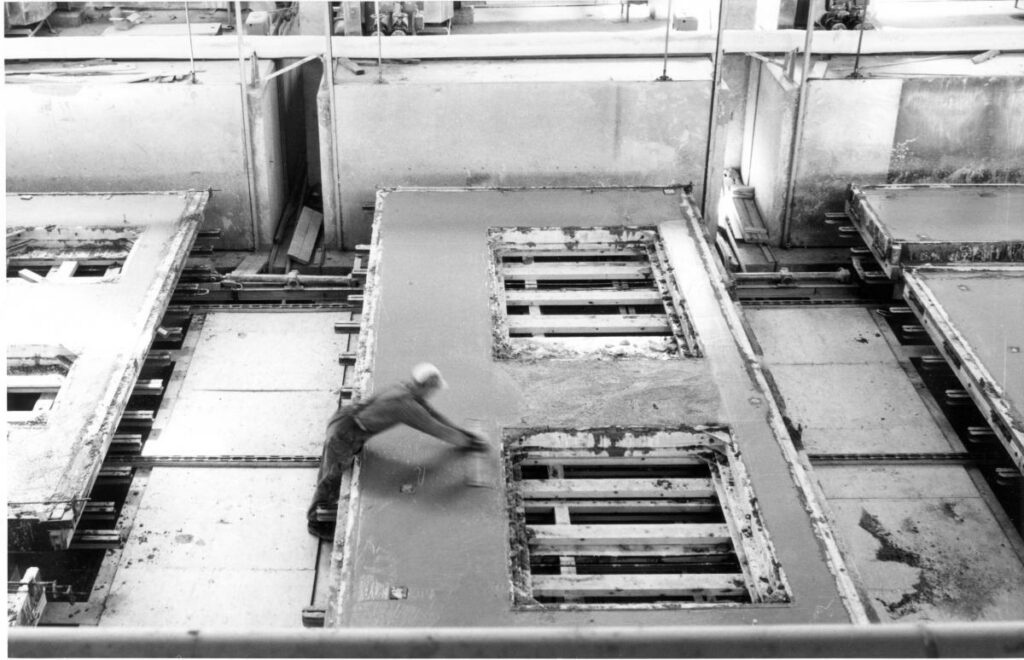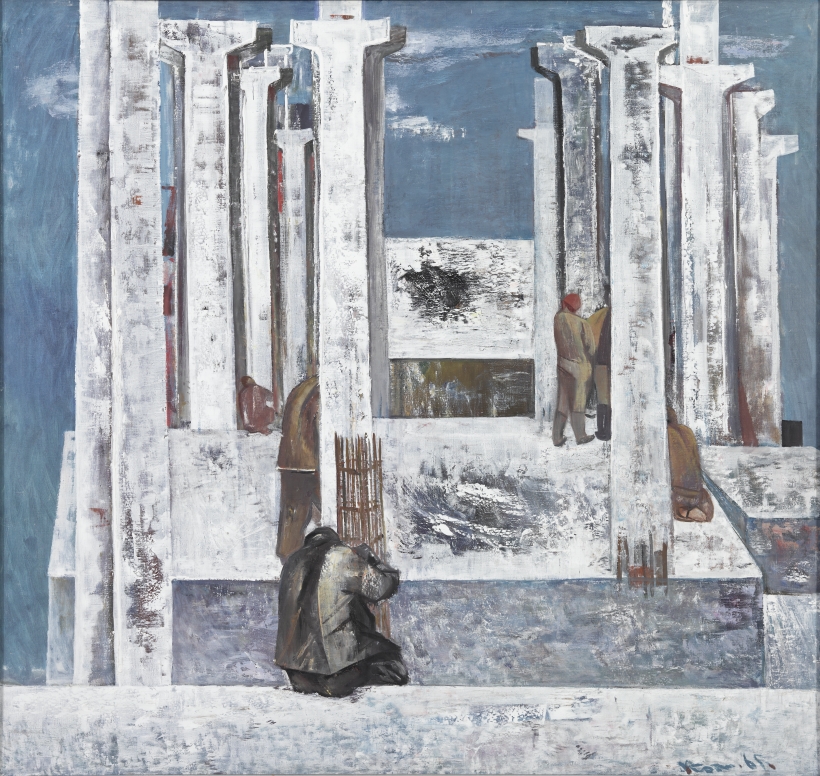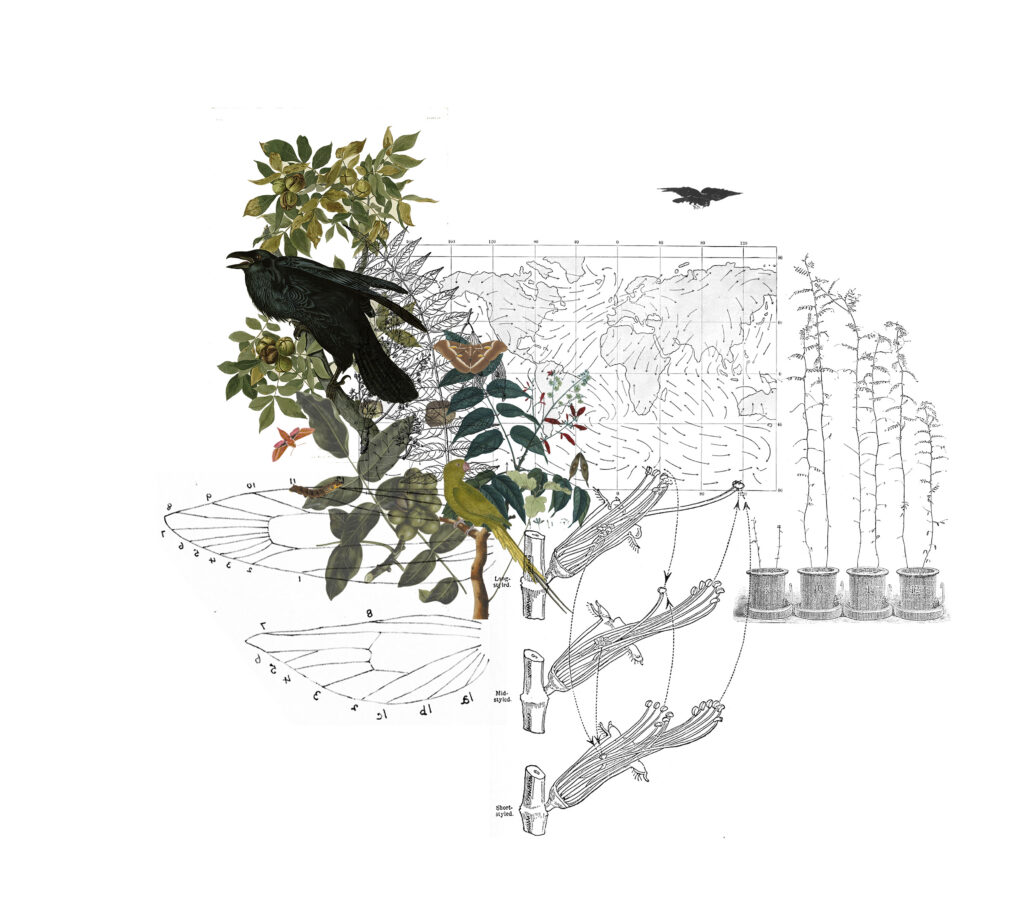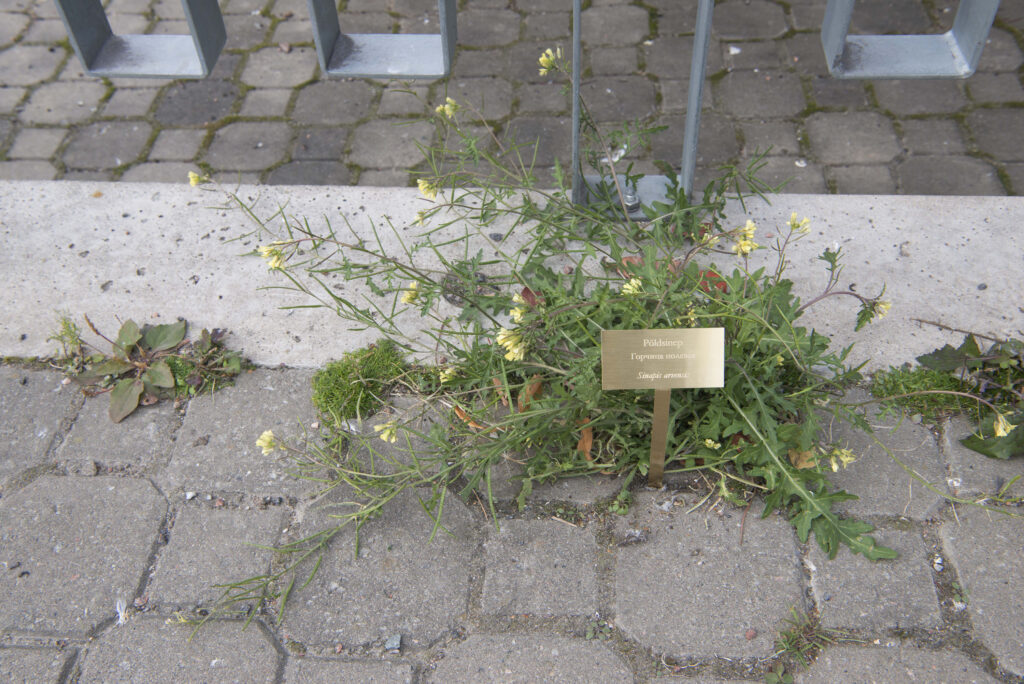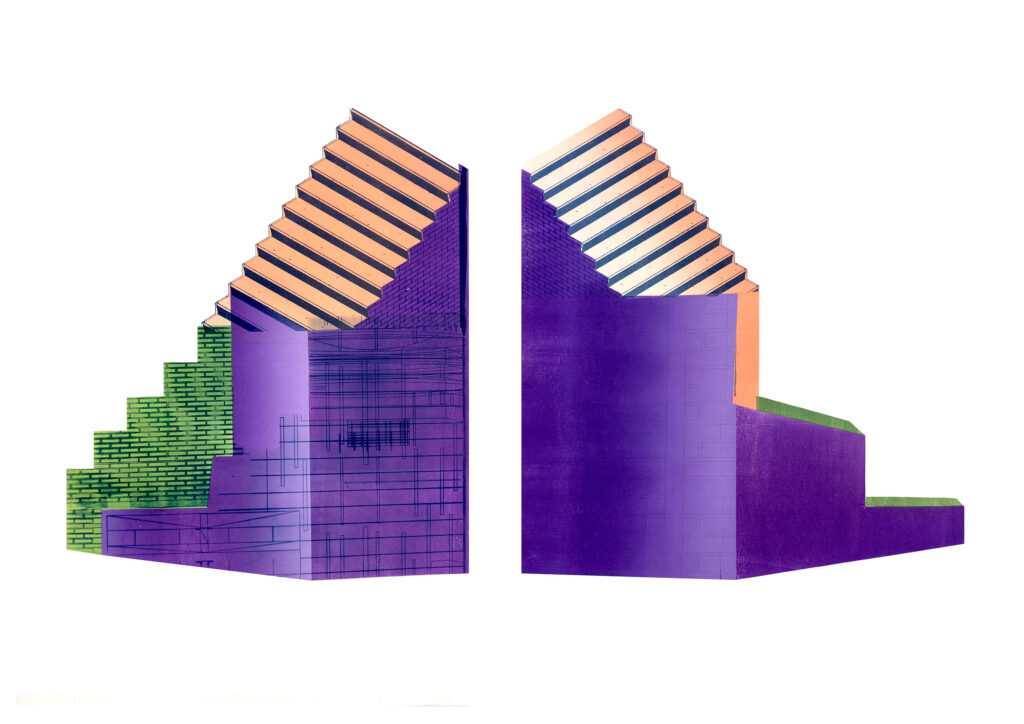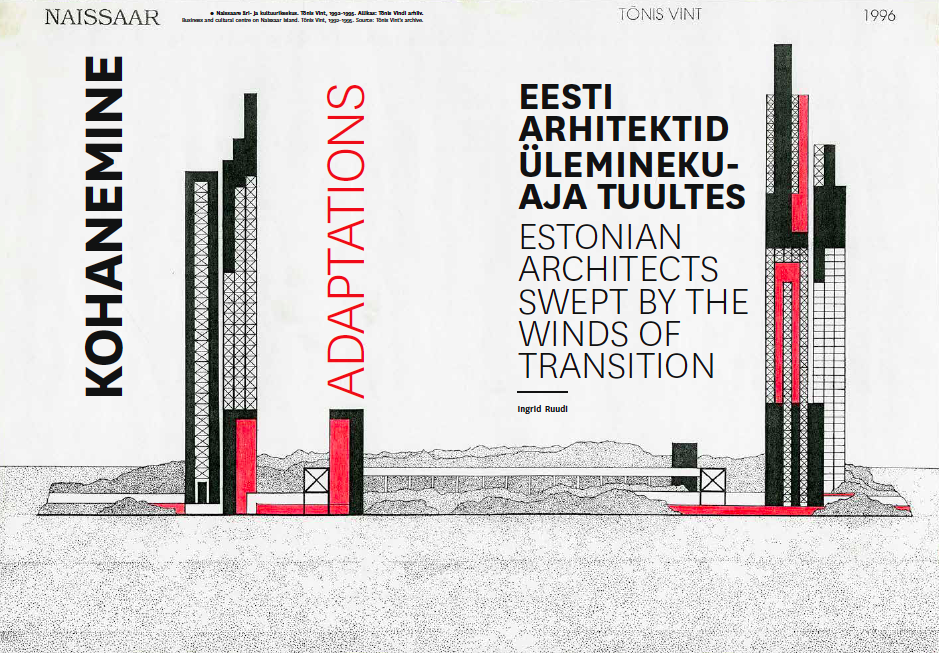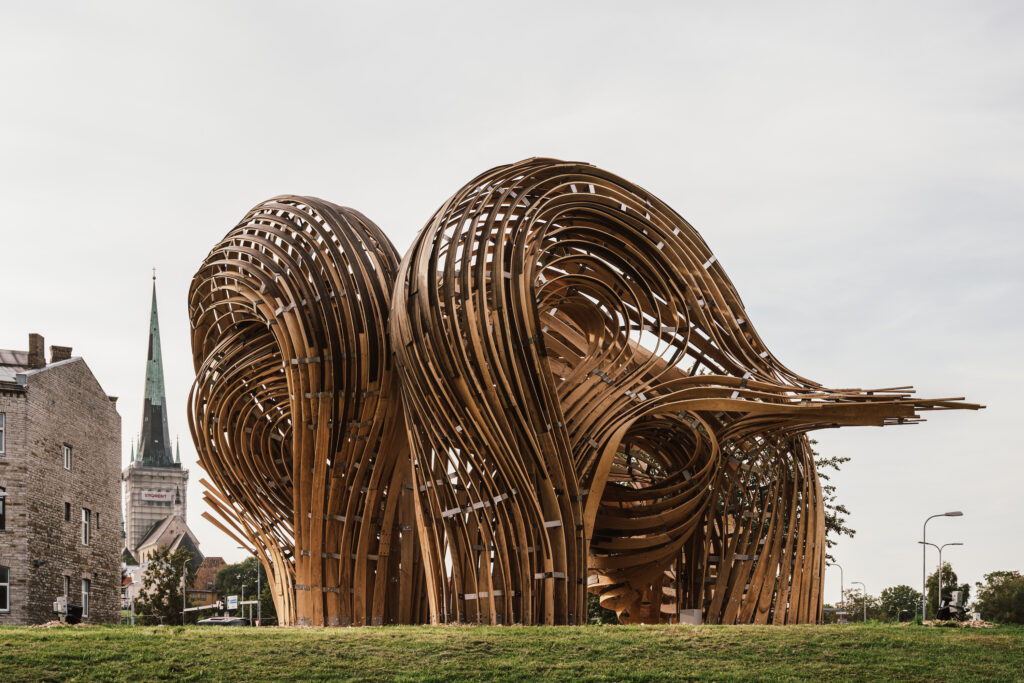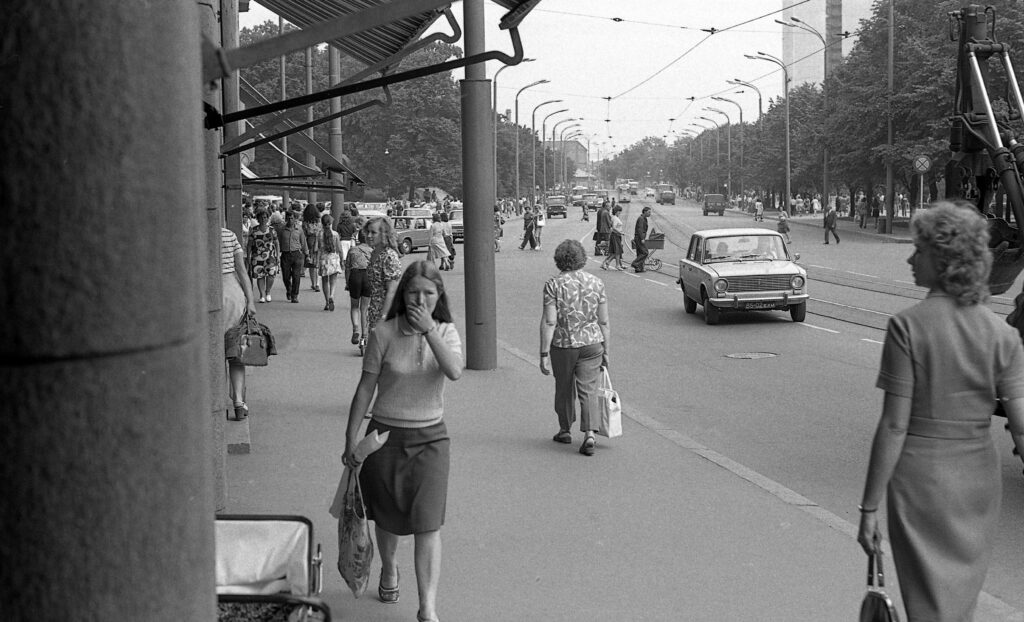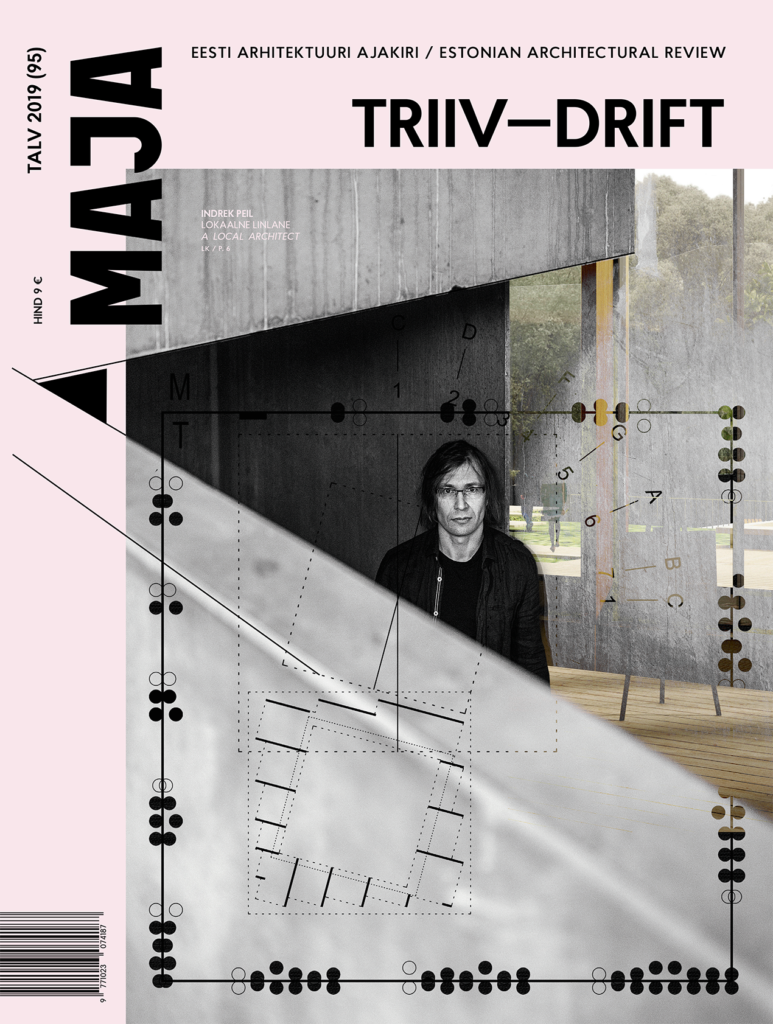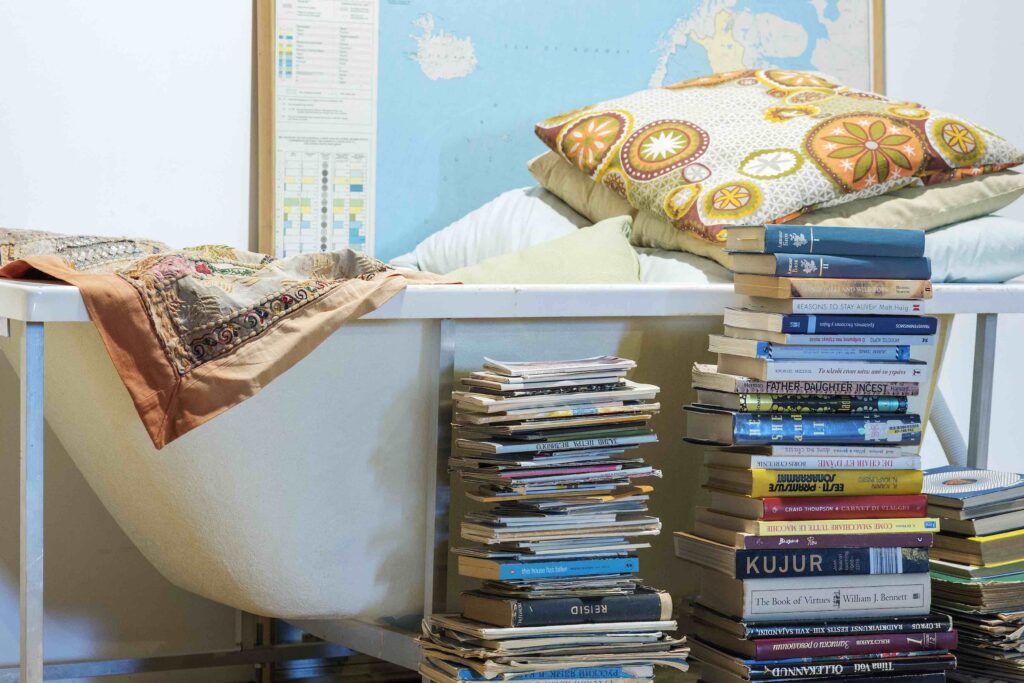The cultural shift towards using materials and energy that are contained within planetary boundaries requires a reconsideration of the most fundamental assumptions about how buildings interact with the world.
Designing with a territory values connection over extraction. Clara Kernreuter from Atelier LUMA and Maria Helena Luiga from kuidas.works discuss bioregional design.
ARCHITECTURE AWARDS

If we could overcome the paradox of meat and make the hidden realities of the animal industry even slightly more visible, it is conceivable that we might begin inching towards dietary practices that do not require the exploitation of animals.
Although dictionaries define the term ‘plateau’ as a stable, fluctuation-free state, they also include a caveat: it only lasts for a certain period of time. So, what comes next?
Vertikal Nydalen, a mixed-use building in Oslo designed by Snøhetta, pushes the boundaries of a modern natural ventilation system, writes Ott Alver.
In the UK, a number of councils have adopted the passive house method in order to realise their growing ambitions in the housing sector. Could this also lead to an increase in spatial quality?
Authors traced the bigger processes that are connected to the production of engineered wood - these materials are produced from industry leftovers, but also from trees that are cut for that purpose only.
In addition to being home to trees, cities or urban environments are also home to 70% of the Estonian population—are these people not entitled to clean air as a human right?
Hence the main question of this article: what power does stench have? And who gets to feel the stench? Who talks about the stench? Who gets to decide where it stinks?
No more posts
Editors' choice
What kind of relationship between a space and its surroundings would help to avoid the objectification of space—i.e., treating buildings or areas as sculptures or fully controllable objects?
Paide State Secondary School is an excellent example of the mutually complementary dialogue between a historical space and contemporary architecture.
Little was built following the re-establishment of Estonian independence in the early 1990s, however, the debates held and practices established largely came to set the foundations for the dominant issues in the architectural field in the past decades.
What kind of relationship between a space and its surroundings would help to avoid the objectification of space—i.e., treating buildings or areas as sculptures or fully controllable objects?
No more posts
Most read
Norway is a country characterised by high voluntary activity, 78% of its 5.4 million inhabitants are members of at least one voluntary organisation, 48% are members of two or more. Volunteering is and has been an important aspect of Norwegian society, and in recognition of that, 2022 has been designated as the Year of Volunteering.1 During this year NGOs and smaller volunteering associations together with local, regional, and national governments have collaborated in highlighting the value of volunteering in Norway.
Tallinn Architecture Biennale (TAB) "Beauty Matters: The Resurgence of Beauty“, 11.09–15.09 2019.
Although architecture may help to solve (and it does solve) problems, we should not regard it as a primary tool for solving social etc. problems but as a creator of values, novelty and wellbeing. In the 20th century, the creative part of architecture that can also deal with the question of human condition has been undeservedly overshadowed by pragmatics.
Acting in accordance with statute of the heritage conservation area in a shrinking city like Valga is impossible. Investing in listed buildings (architectural monuments) and buildings located in heritage conservation areas should be promoted in shrinking cities when the support measures for various fields are developed.
The works of Gordon Matta-Clark enable reflection upon the relationship between architecture and art, and ponder on the essence of architecture.
A guide’s narrative is led by a visible and palpable environment, often causing the interest of a tourist to pique on a detail that addresses humanity as a whole.
How to plan and design the city and public space in a situation where every owner of even a tiniest land parcel has its own interests and every public authority or private company has its own needs? How can it be done if every city department has its own concept of urban planning, if architecture and engineering firms expend all their efforts simply keeping their head above water?
How does change in society reflect in architecture? In order to answer this question, we look back on the spatial design in the thirty years of regained independence. What kinds of spaces have accommodated us in the last three decades at work, in school and while enjoying culture? What have our homes been like?
Bathology is an example of a possible artistic method which attempts to take into account the object’s perspective, the object as is. The budding bathology was inspired by the Lithuanian artist Marija Baranauskaitė and her exploration of sofanity. Namely, in 2018 she started developing the Sofa Project, a conceptual clowning performance where the target audience is not sentient, not even human but a sofa. In addition to being entertaining to human audiences as well as object-audiences (hopefully), it is also compelling for theoretical reasons, evoking among other things musings in the vein of Philosophy of Technology, Critical Posthumanism and Object-Oriented Ontology as well as exercises in non-anthropocentric thinking, and attempts to place something other than a human in the position of a subject.
No more posts
Norway is a country characterised by high voluntary activity, 78% of its 5.4 million inhabitants are members of at least one voluntary organisation, 48% are members of two or more. Volunteering is and has been an important aspect of Norwegian society, and in recognition of that, 2022 has been designated as the Year of Volunteering.1 During this year NGOs and smaller volunteering associations together with local, regional, and national governments have collaborated in highlighting the value of volunteering in Norway.
No more posts


